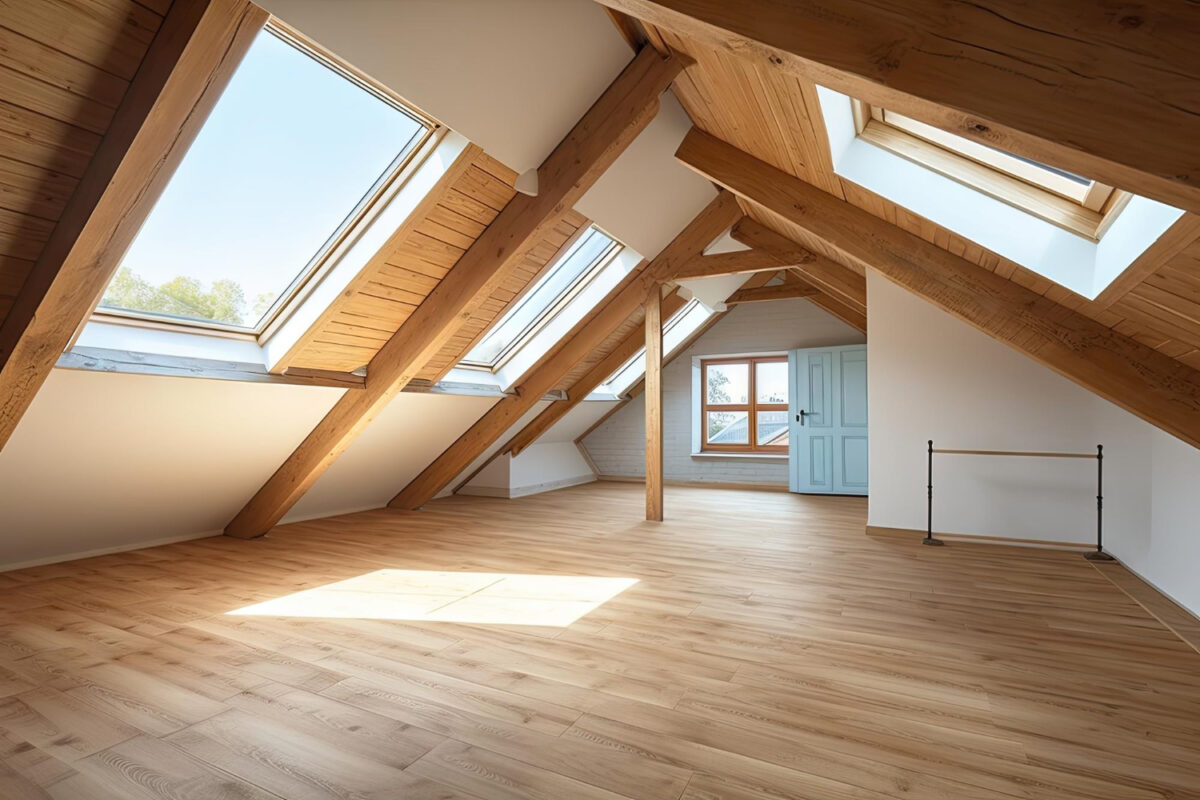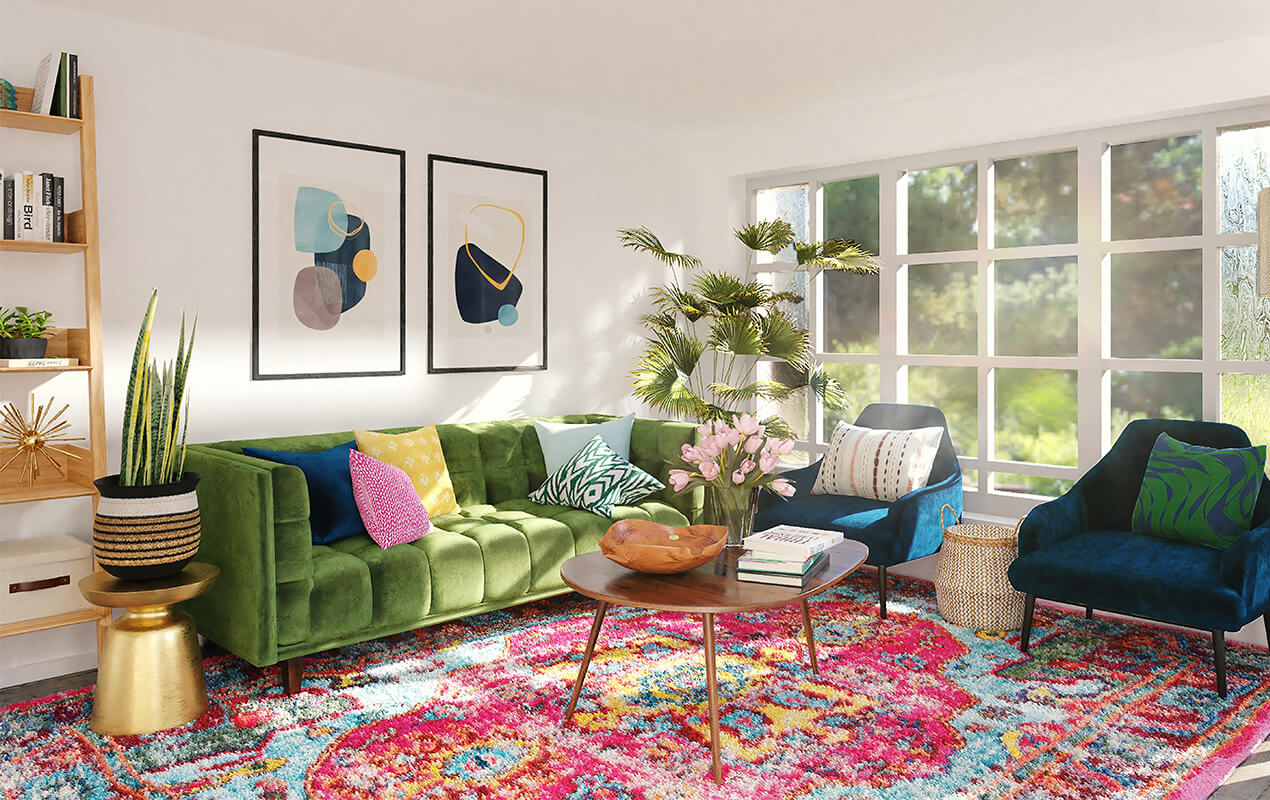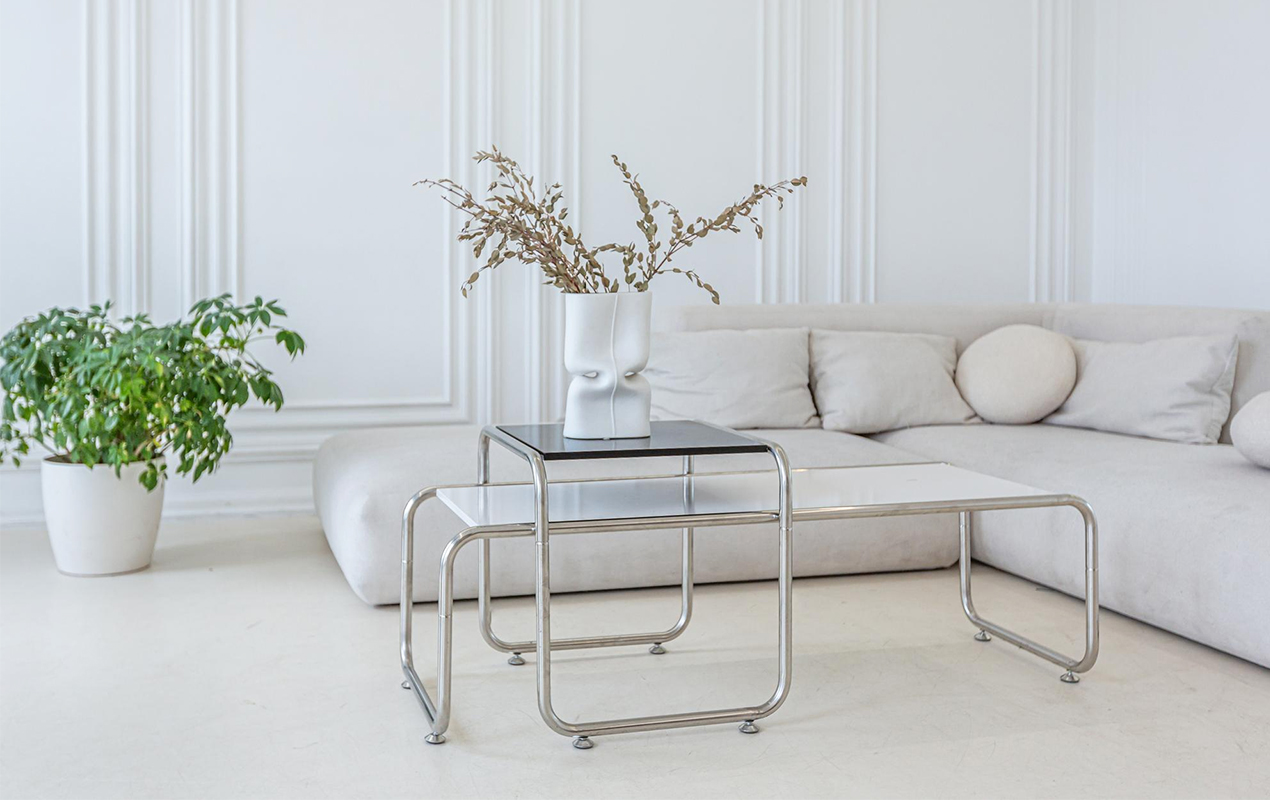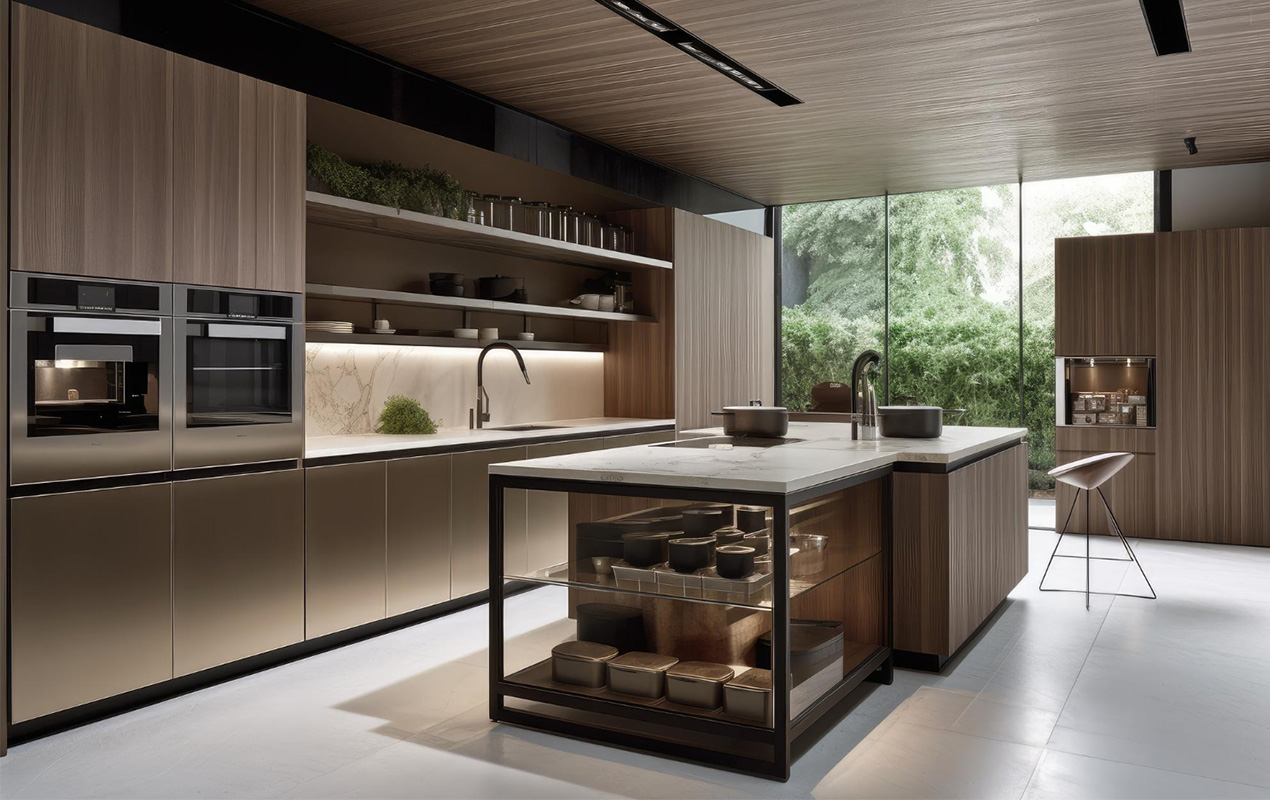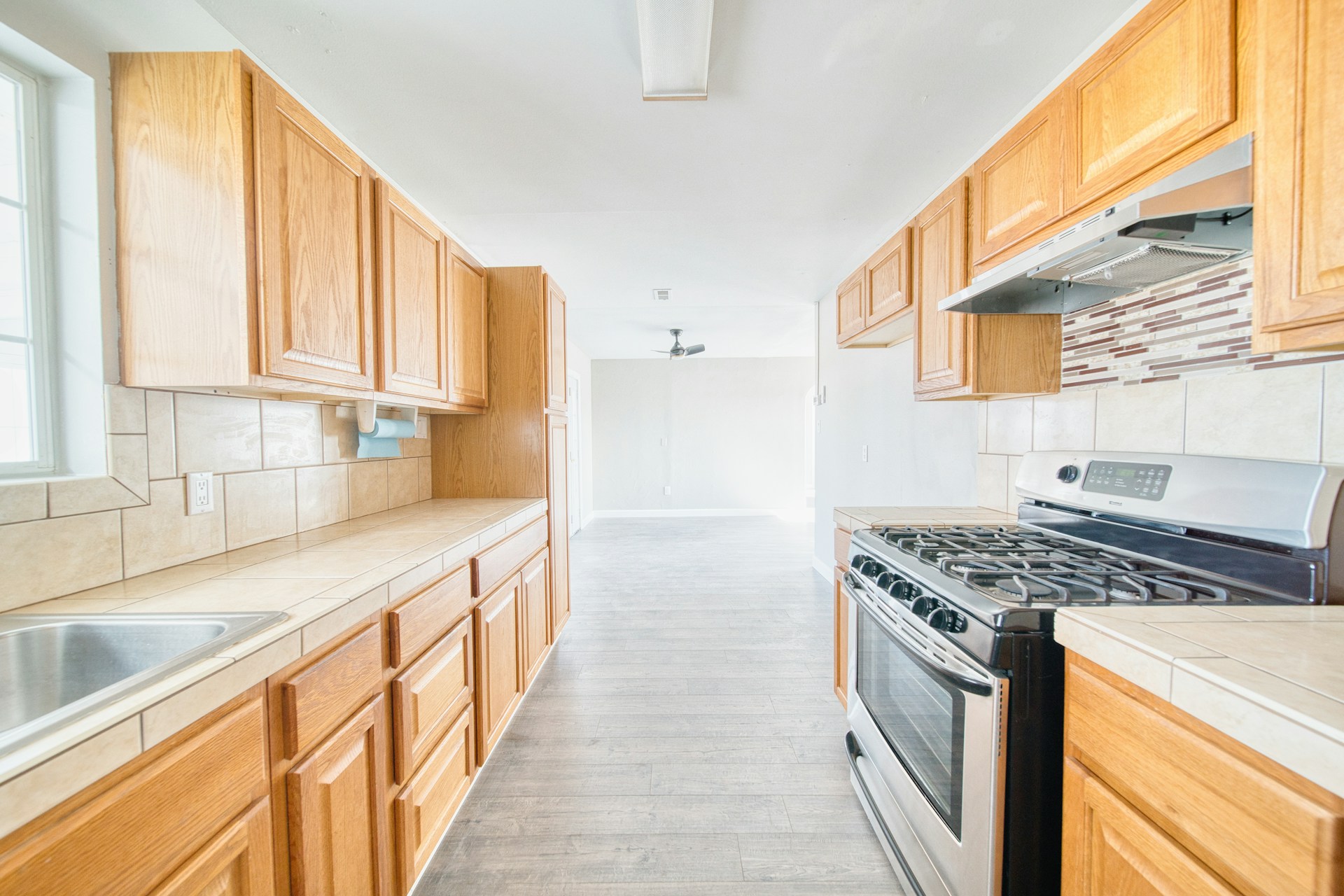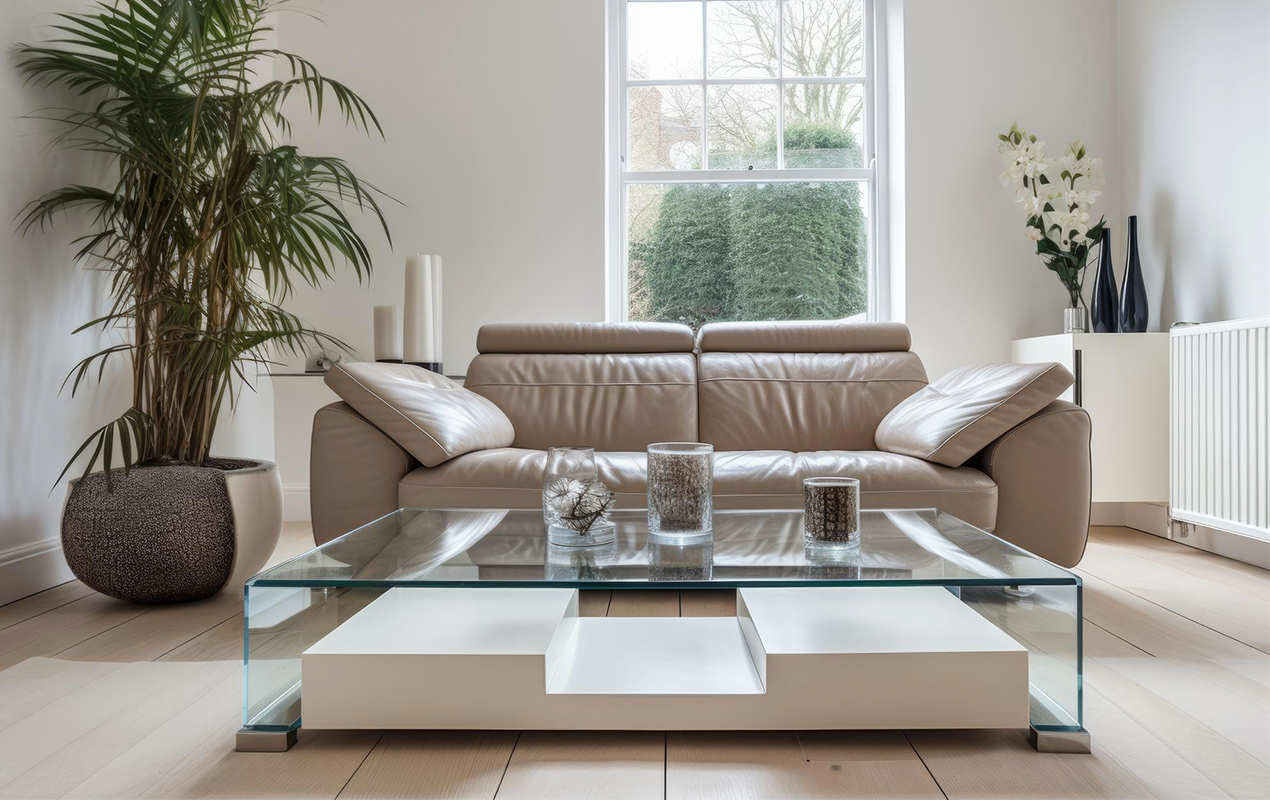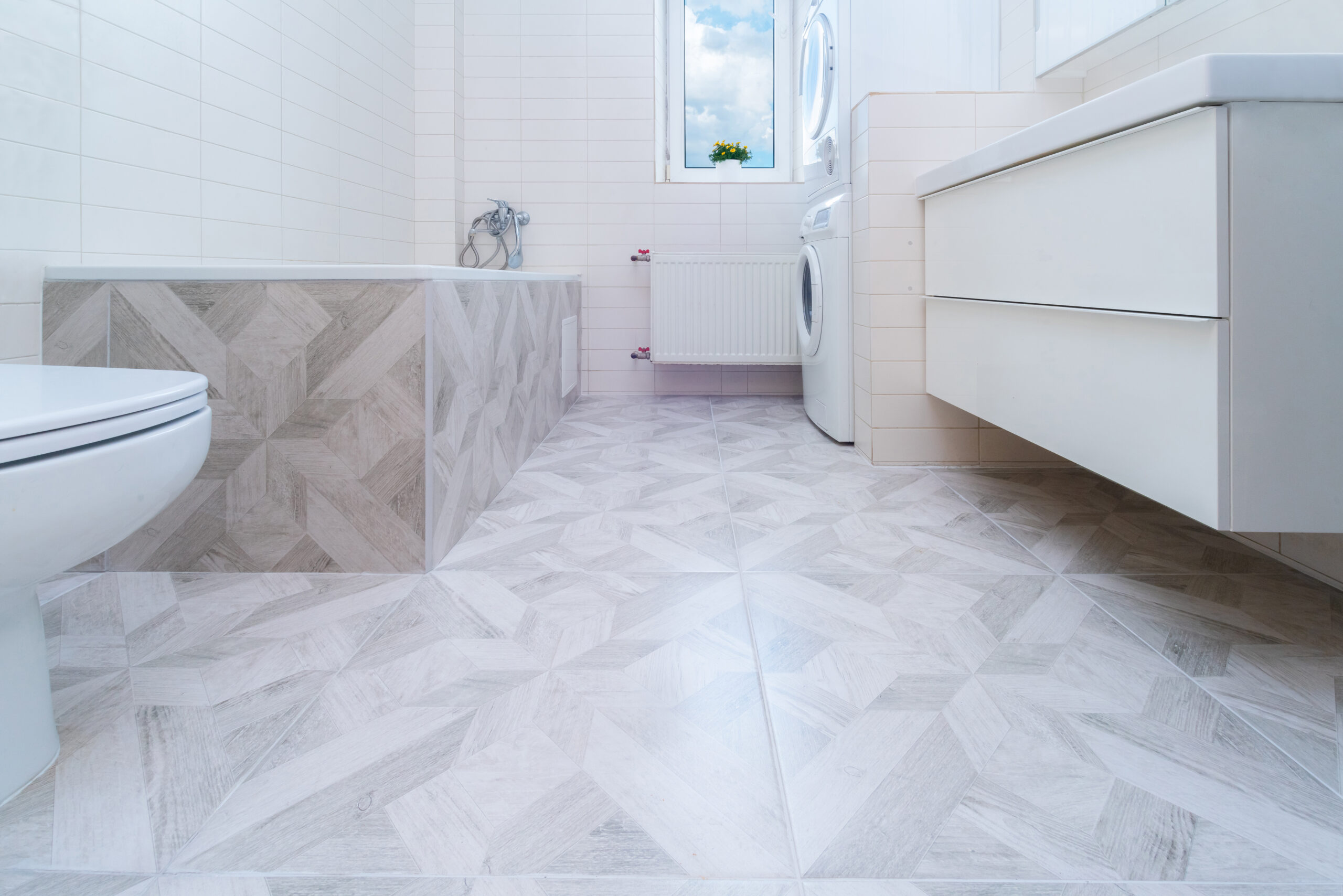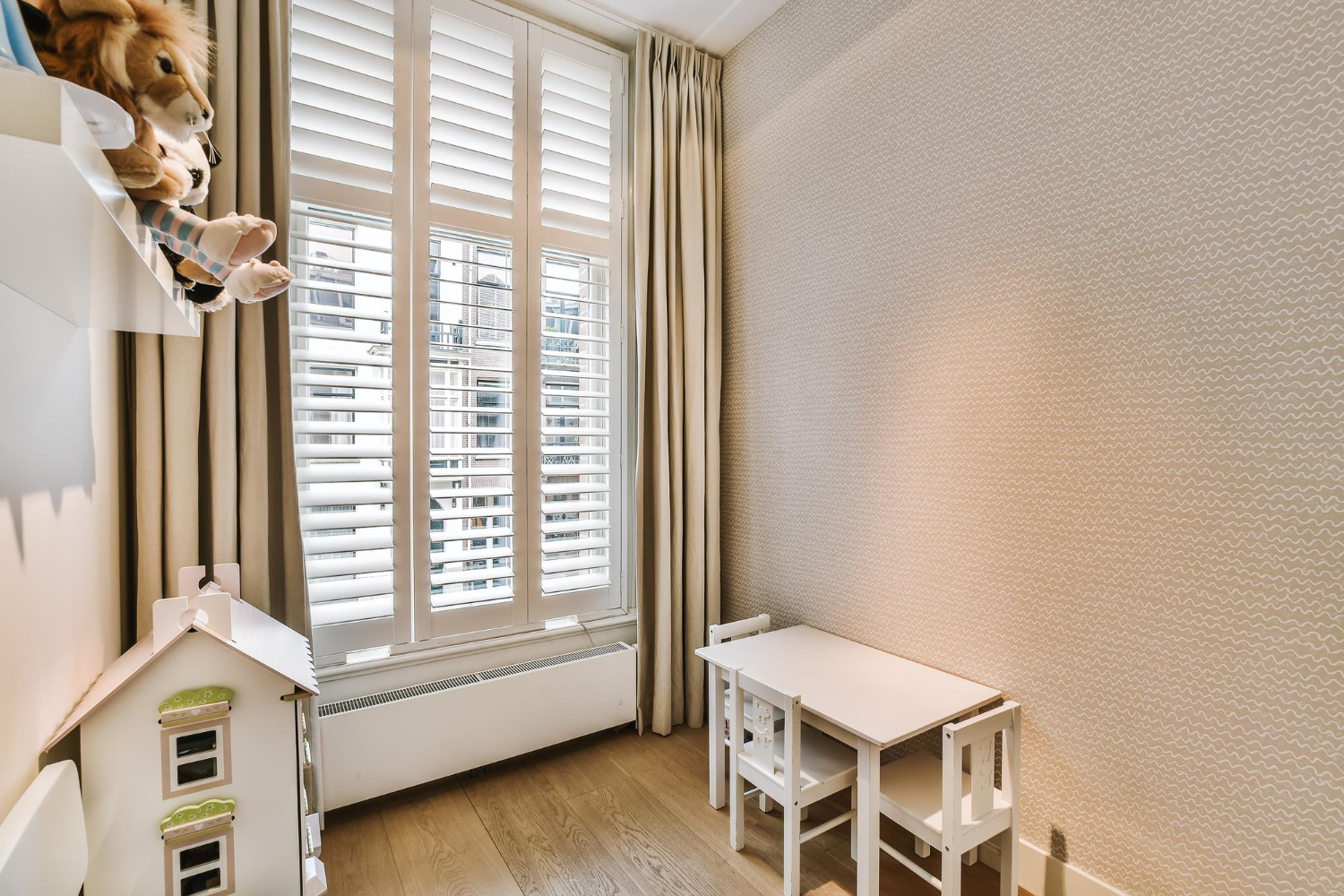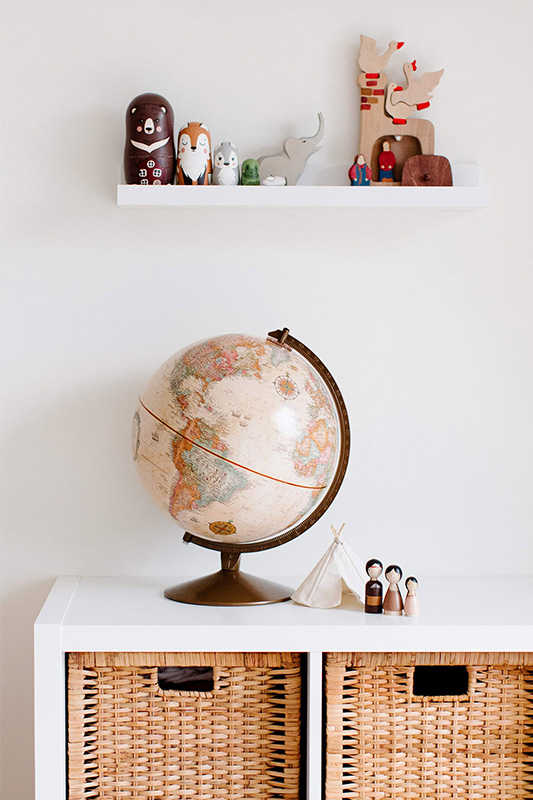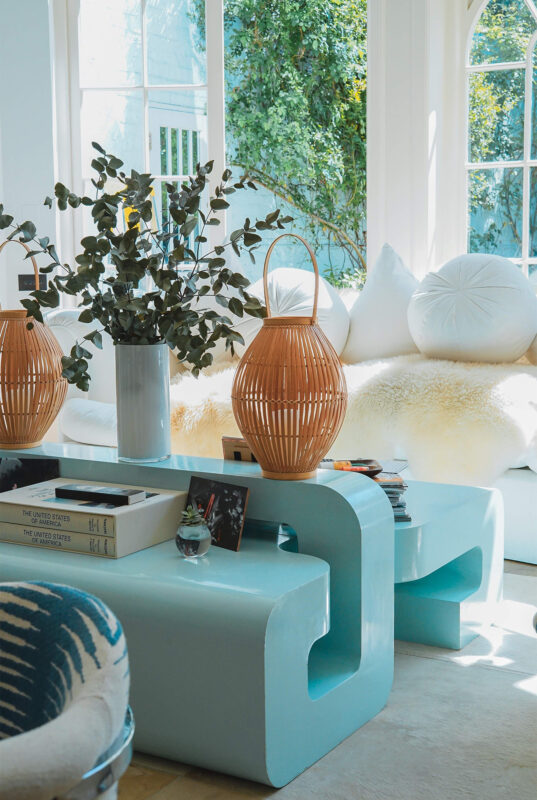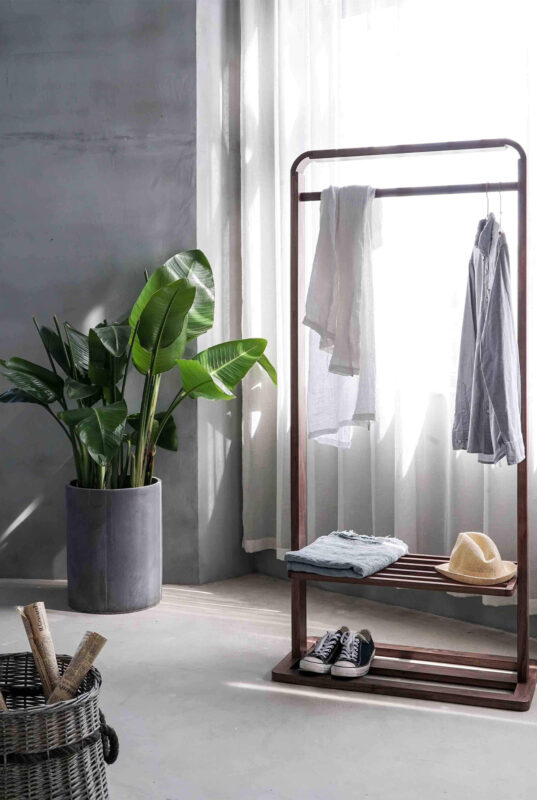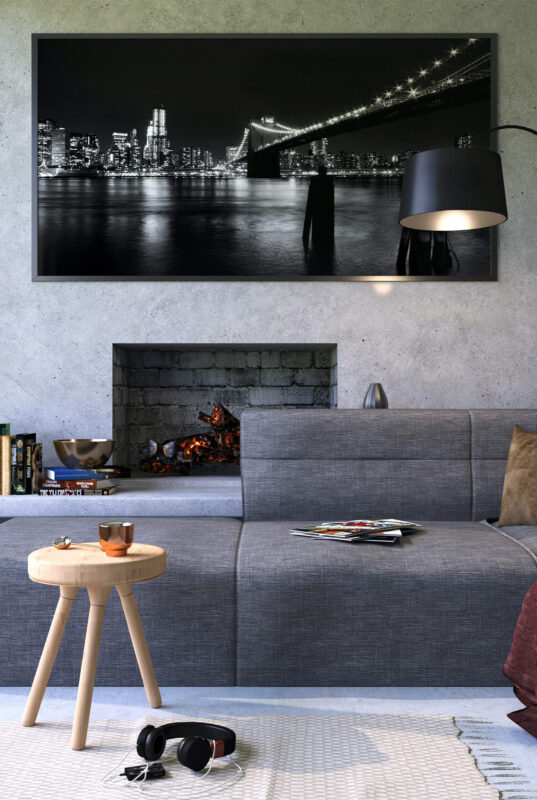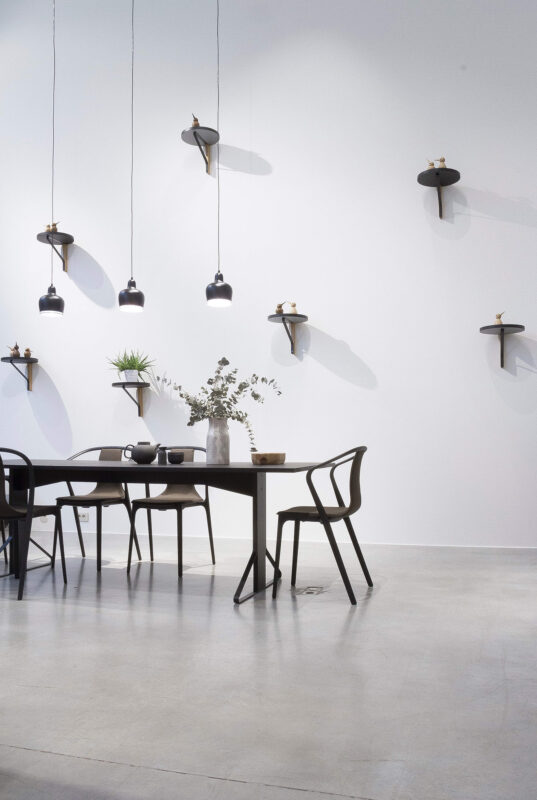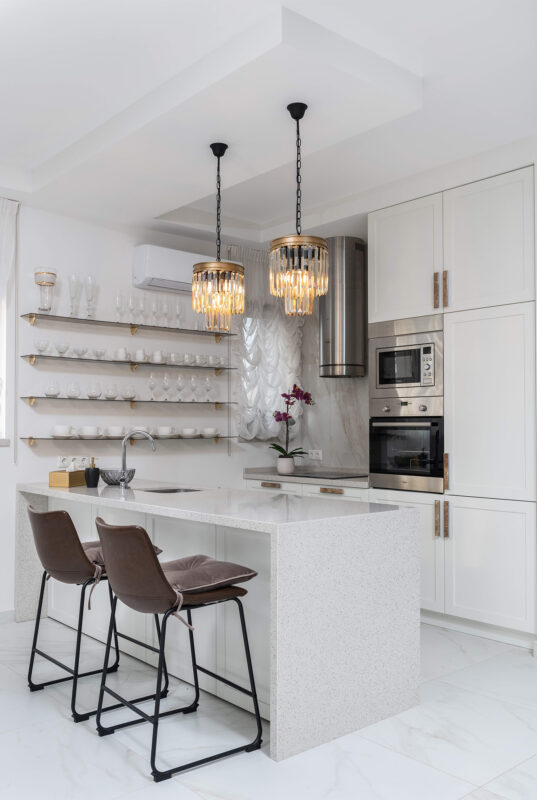Coffee Table Makeover? Here’s How to Choose the Perfect Material
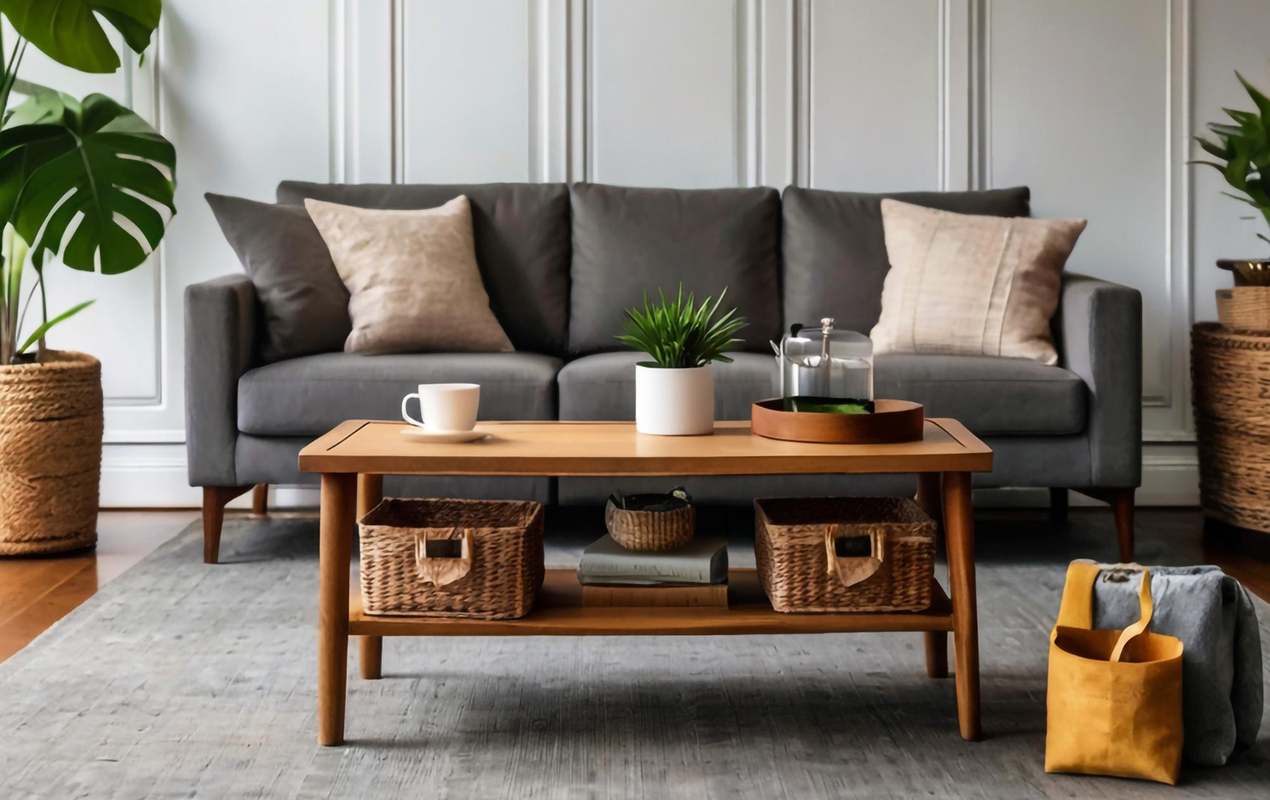
DISCLAIMER: The images in this post are for informational purposes to illustrate potential possibilities, recognizing that individual tastes vary. We aim to capture your wants and needs, expanding on each style where possible to offer a range of available options from reputable designers and affiliated brands. This selection process considers a variety of factors to ensure we cater to the diverse preferences of our readers.
Coffee Table Materials
A coffee table has significant weight—both literally and figuratively. It’s a central hub for daily life, a place to gather, relax, and provide convenience. Coffee table materials play a pivotal role in shaping its character and how it interacts with your space. Whether it’s a timeless wooden option, the sleek aesthetic of metal, the transparency of glass, or the unexpected texture of upcycled materials, each speaks volumes about your aesthetic preferences.
Throughout this article, we’ll venture past the ordinary, uncovering the nuances of each material and how they reshape your living room setup. Join us as we delve into the classic choices, trending favorites, and surprising alternatives, helping discover the material that best resonates with your desires.
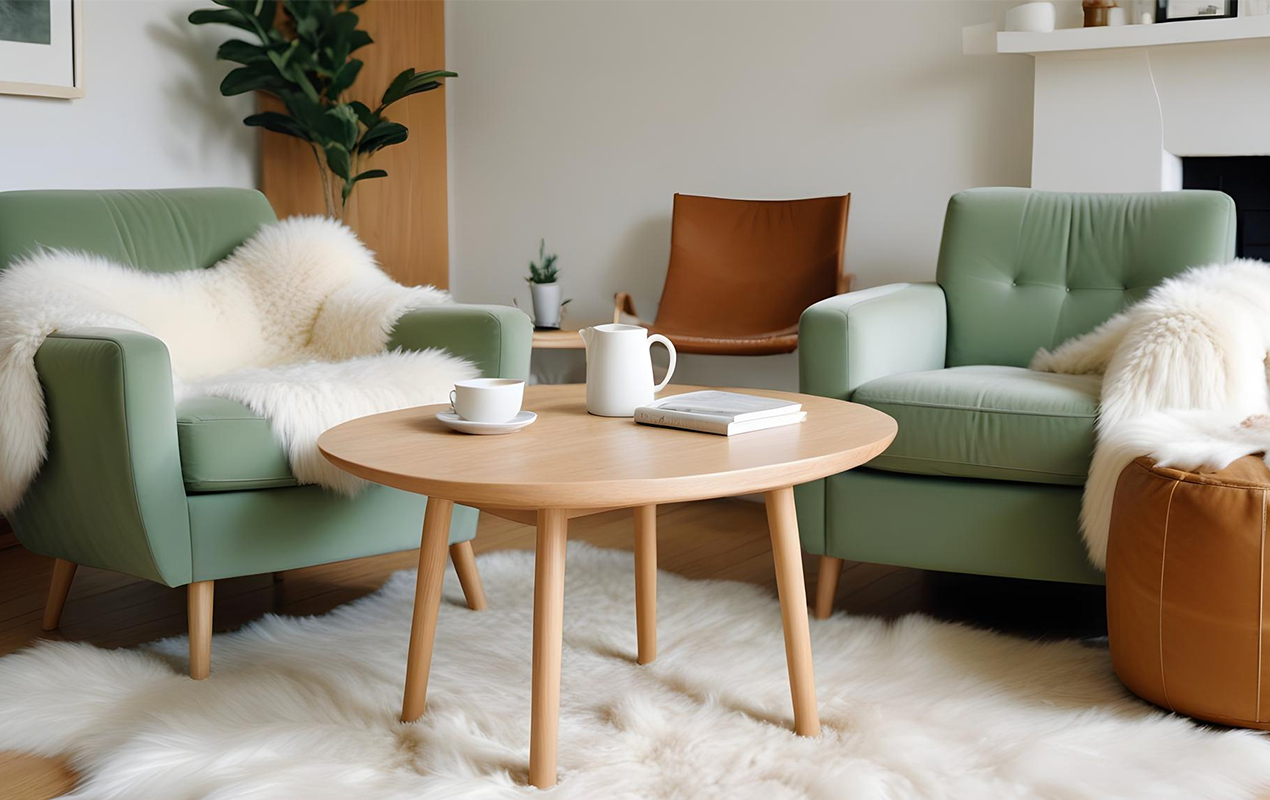
Photo by LetsRock from Freepik
Common Classic Coffee Table Materials: The Foundations
When considering materials, the classics—wood, metal, and glass—have stood the test of time for their enduring aesthetics and adaptability within diverse design styles.
Wood: The Warm Embrace of Nature
With its natural aesthetic, wood remains a favored choice for coffee tables; from the rich tones of mahogany to the lighter hues of maple or pine, they’re built to tackle diversity.
- Hardwood: Renowned for its durability and resistance to scratches and dents, hardwood varieties like oak, walnut, and cherry make compelling choices for high-traffic areas, with intricate grain patterns adding depth to an interior setting.
Related Article: 21 Timeless Walnut Coffee Table Ideas For a Sumptuous Home
- Softwood: While not as dense, softwood options like pine or cedar often offer a more affordable alternative. Their lighter hue and knotty texture bring a feel of rusticity, making them ideal for casual, bringing an aura of coziness.
Read More: Create a Warm Welcome With 24 Pine Coffee Table Design Styles
- Reclaimed Wood: For the eco-conscious, reclaimed wood commonly derived from old barns, factories, or ships offers a distinctive mix of history and sustainability. Each piece carries its own story, evident in the weathered patina and distinctive markings.
Gain Insight: A Glimpse of Rugged Authentic: 9 Rustic Coffee Table Ideas
The choice of finish further enhances the wood. A natural oil finish accentuates the grain and color and can dramatically alter its appearance from a deep, rich brown to a weathered gray. Paint, on the other hand, offers customization, allowing you to match your table to your existing decor or create a prominent statement piece.
Discover More: How to Refinish A Coffee Table: From Sanding & Stains to Sealing
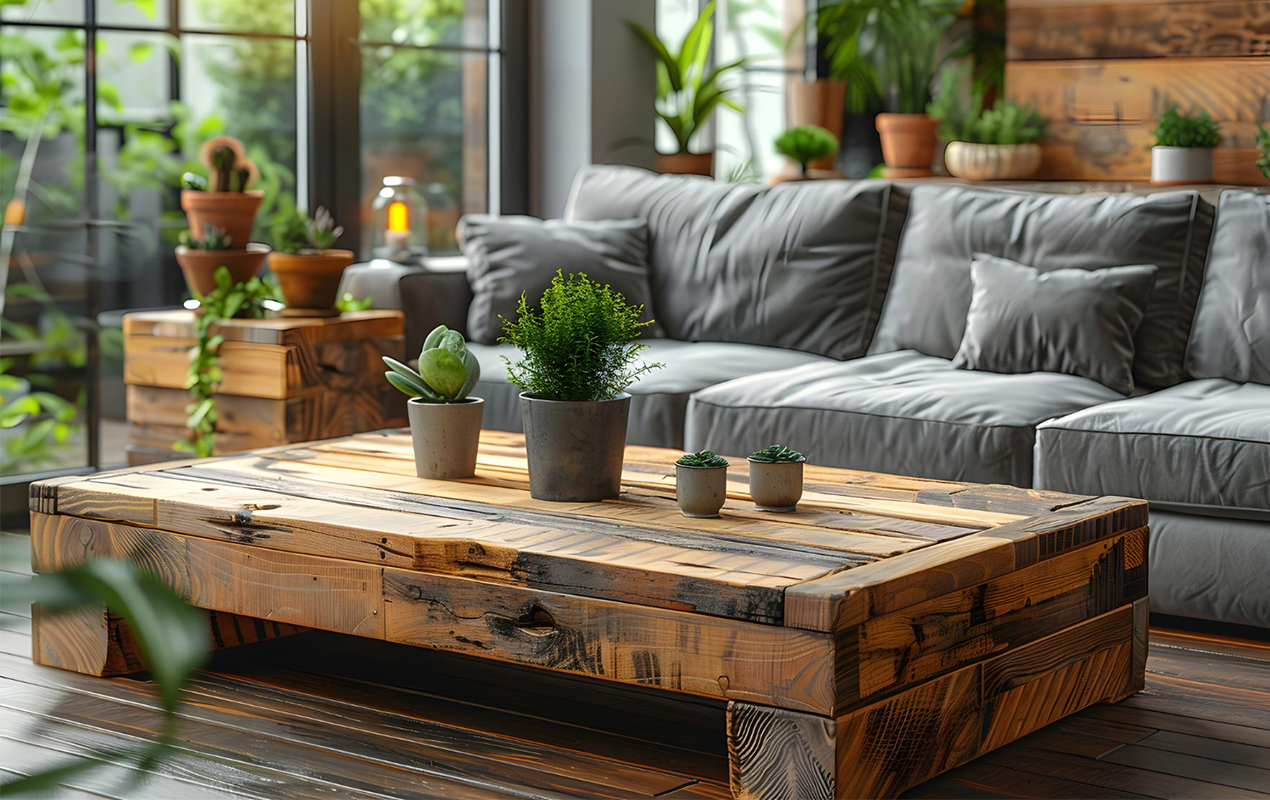
Photo by User14699452 from Freepik
Metal: The Industrial-Chic Statement
For those who prefer an industrial twist, metal coffee tables are a good alternative. Their clean lines, cool touch, and sturdy construction exude a contemporary.
- Iron: Usually used in combination with other materials, iron adds heft and durability. Its dark, matte finish produces an industrial touch, while ornate details can evoke a vintage or antique feel.
- Steel: Stainless steel, with its polished shine, is popular for modern and minimalist spaces. Its resistance to corrosion makes it ideal for both indoor and outdoor use.
- Aluminum: Lightweight and versatile, aluminum coffee tables offer a more contemporary aesthetic. Their powder-coated finishes provide color and protect the metal from scratches and wear.
Concerns about metal tables being heavy or susceptible to scratches are valid. However, many modern designs incorporate lighter-weight metals or combine metal with other materials for a more balanced piece, while protective finishes help minimize scratches and maintain the table’s appearance.
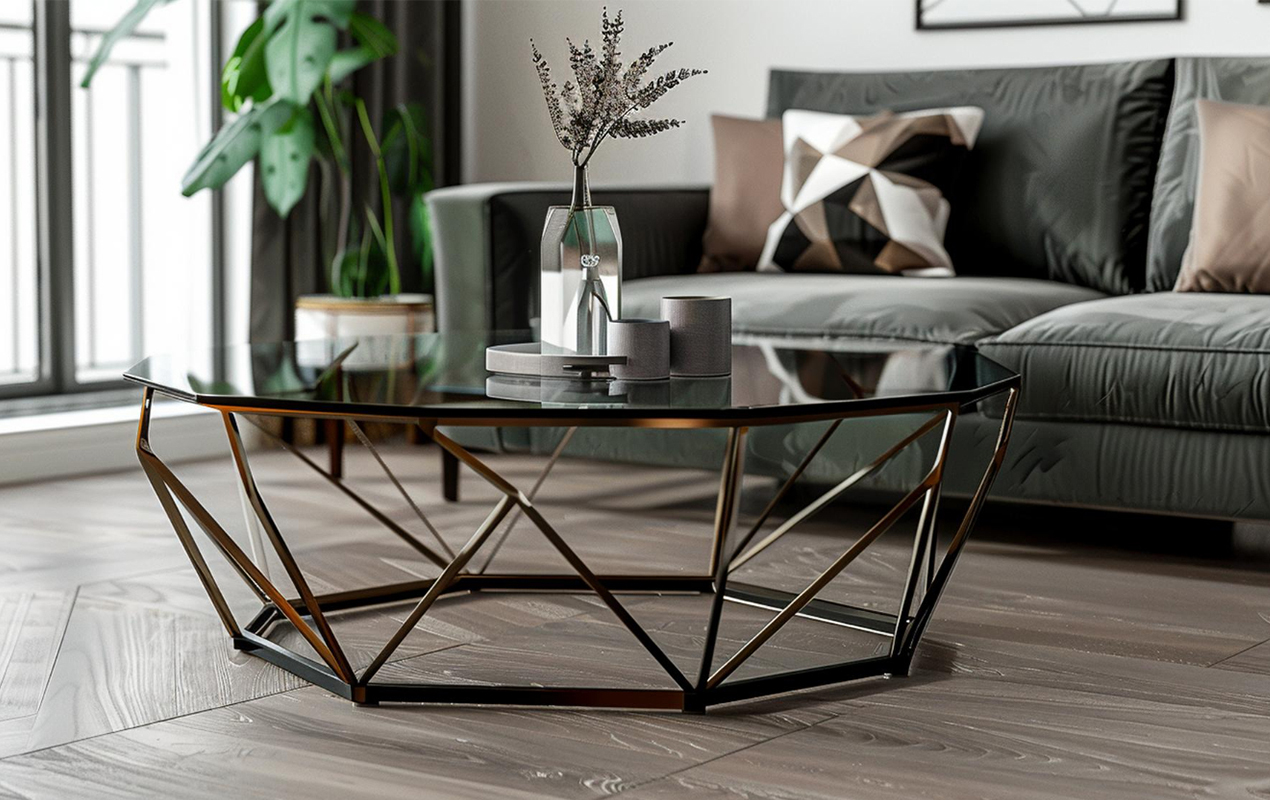
Photo by Iconpersona from Freepik
Glass: Light, Airy, and Modern
Glass coffee tables are known for forming an openness and airiness in a room. Their transparency allows light to flow through, making them well-suited to smaller spaces, apartment and studio setups, or rooms with limited natural light.
- Tempered Glass: If safety and durability are priorities, tempered glass is a go-to. It’s designed to shatter into small, granular pieces rather than sharp shards, reducing the risk of injury if damaged or broken.
- Clear Glass: Clear glass offers a clean, minimalist look, allowing other elements in the room to take center stage. It pairs well with a spectrum of design styles, from modern or traditional to more boho and eclectic.
- Tinted Glass: Tinted glass, such as smoked or bronze, brings allure, complements warmer color palettes; also helping to conceal fingerprints and smudges.
While glass tables provide aesthetic visuals, they do require more frequent cleaning to maintain their shine. Fingerprints and smudges are easily visible, particularly on clear glass options. Additionally, some may be concerned about the potential for breakage, but remember, tempered glass significantly reduces this risk.
Read More: Candle Wax on a Glass Coffee Table? Follow These Easy Hacks
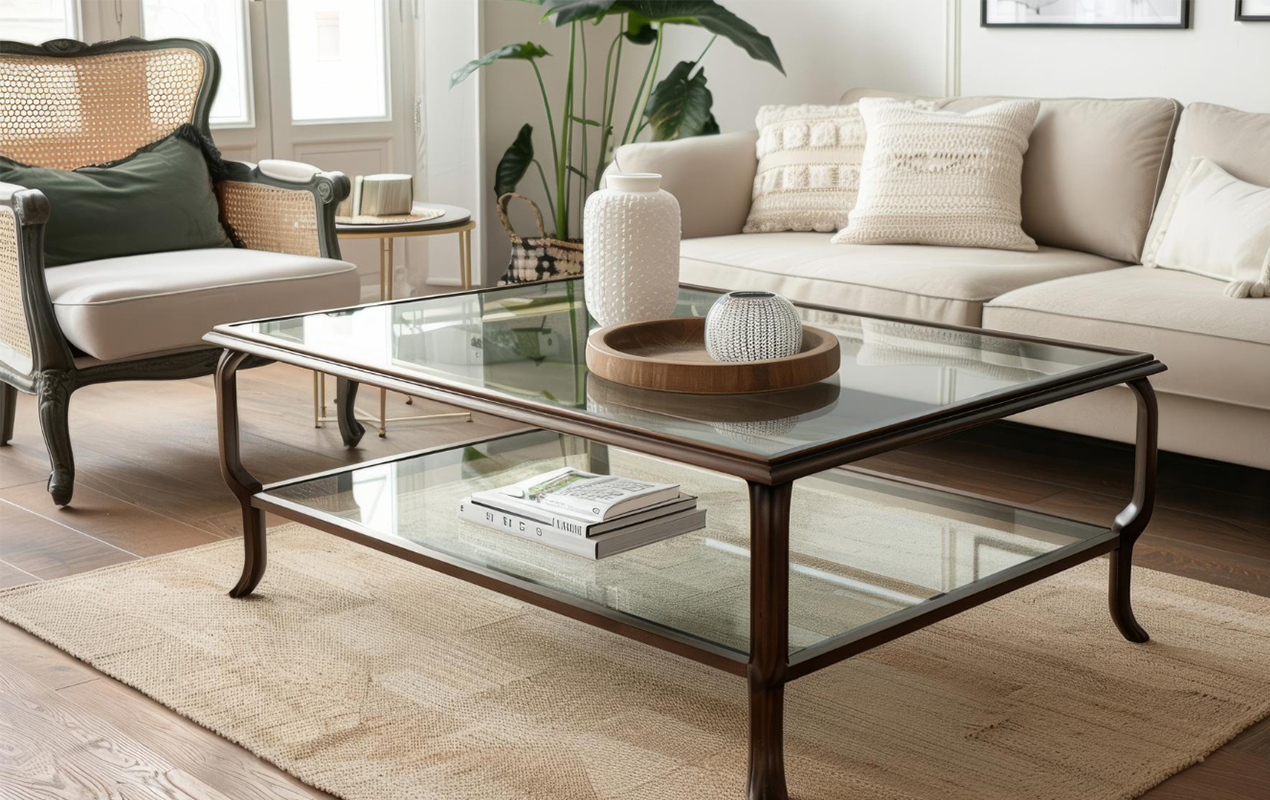
Photo by User11514482 from Freepik
Trending Coffee Table Materials: The Rise of the Unexpected
While classic materials continue to hold their ground, a new wave of trending materials is redefining coffee table design. These bring a fresh perspective, merging aesthetics with functionality in innovative ways.
Concrete: Industrial Chic with a Personal Touch
Once relegated to construction sites, concrete has made a surprising entrance into interior design. Its raw, unfinished aesthetic, characterized by subtle variations in color and texture, provides an industrial vibe.
DIY enthusiasts appreciate the ability to devlelop custom tables versatile in shape and size. With the right tools and techniques, you can personalize your table with individual finishes, embedded objects, or even hand-painted designs.
Gain Insight: Craft a Custom Piece: 13 DIY Coffee Table Design Ideas
While concrete is durable, it’s essential to note that it’s porous and requires proper sealing to prevent staining and moisture damage. Regular maintenance with a stone sealer will ensure your concrete table retains its aesthetic with reduced wear over time.
Discover More: 20 Edgy and Unique Industrial Coffee Table Ideas For Your Abode
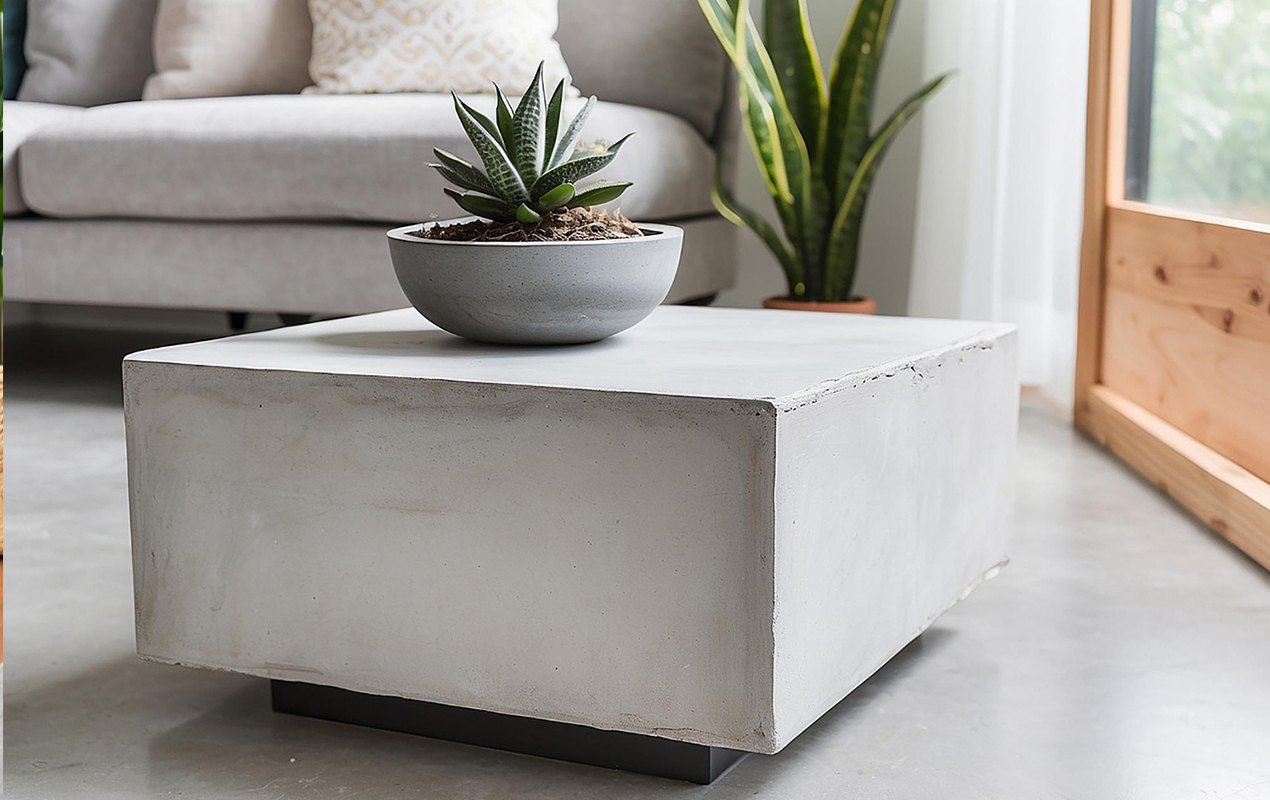
Photo by Freelancer Rasel from Freepik
Stone: A Touch of Luxury and Timeless Elegance
Stone coffee tables represent the appeal of nature’s creations. Marble, granite, and travertine, each with distinct characteristics, bring luxury and timelessness to a home setting.
- Marble: Renowned for its opulent veining and smooth, cool surface, marble exudes sophistication, from classic white Carrara to dramatic black Nero Marquina.
- Granite: Known for its durability and resistance to scratches and heat, granite is a practical choice for busy households. Its speckled patterns ensure it maintains an aesthetic aspect.
- Travertine: With its characteristic pitted surface and creamy hues, travertine offers a more casual elegance. Its porous nature requires sealing to prevent staining, but its natural aura trumps the extra care.
- Care Considerations: While undeniably beautiful, stone is porous and requires regular sealing to prevent stains. Additionally, acidic substances like wine or citrus juice can etch the surface, so it’s crucial to use coasters and promptly wipe up any spills.
Read More: Valuing a Marble Coffee Table: Key Insights You Need to Know
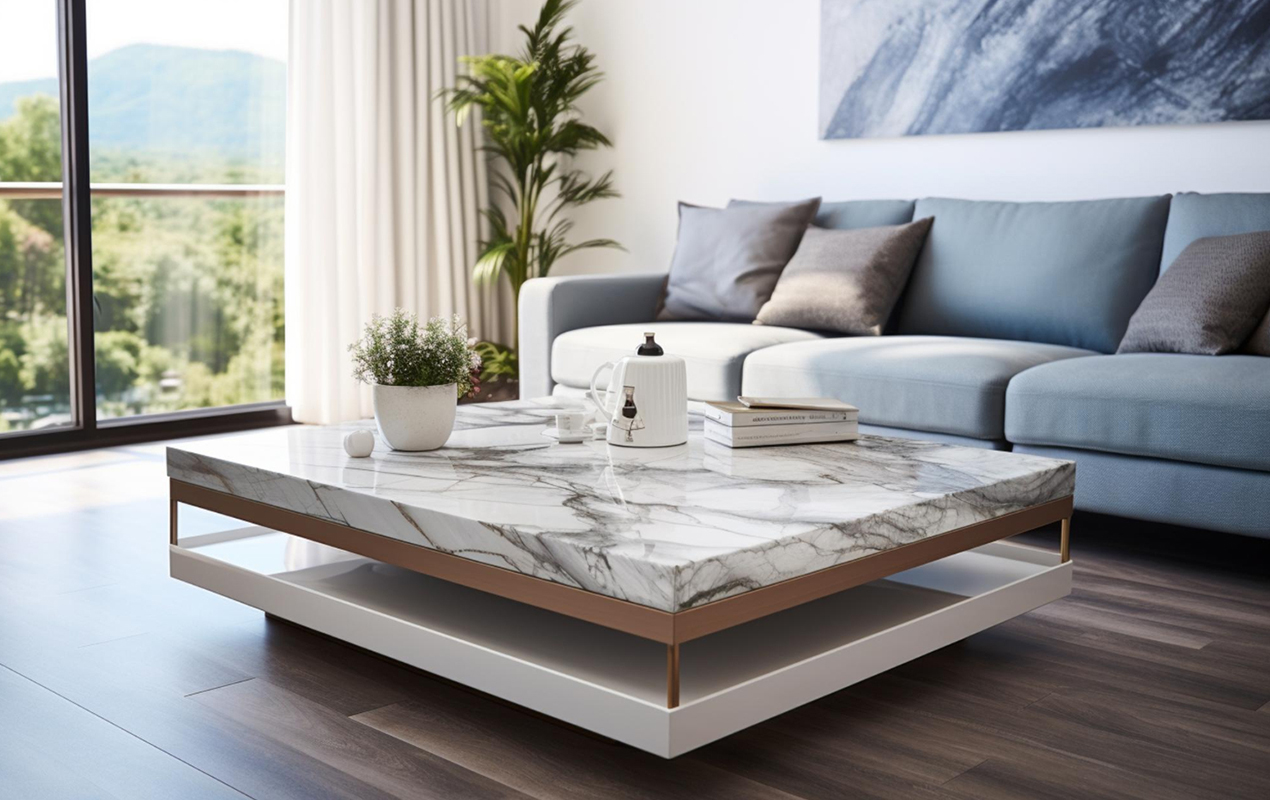
Photo by MUS_GRAPHIC_ from Freepik
Acrylic/Lucite: Transparent Chic and Retro Revival
Acrylic, also known as Lucite, is experiencing a renaissance in design. Its seamless, transparent form yields a modern feel, allowing surrounding elements to appear prominent.
The resurgence of 1970s design has fueled the popularity of acrylic furniture, and coffee tables are no exception. Their lightweight nature makes them easy to move and rearrange, while their transparent factor creates a delusion of spaciousness, making them ideal for smaller rooms.
Read More: A Blast From the Past with 22 Retro Coffee Table Design Ideas
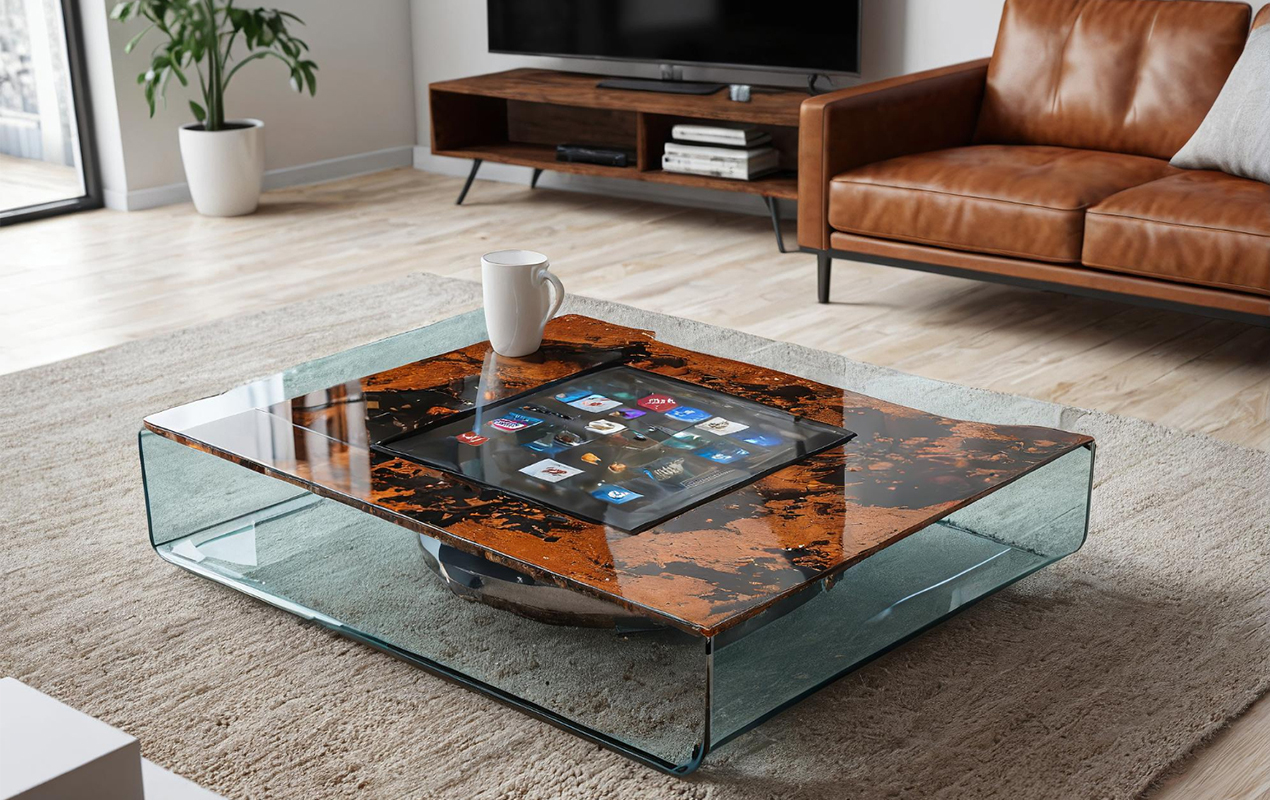
Photo by Photomaker70 from Freepik
Rattan/Wicker: Bohemian Rhapsody
Rattan and wicker coffee tables offer a natural, earthy aesthetic, instantly warming up a space. Their woven texture produces depth, while their lightweight construction makes them easy to move around as needed.
- Natural vs. Synthetic: Natural rattan and wicker are derived from plant fibers, while synthetic versions are made from polyethylene or other artificial materials. Both offer similar aesthetics, but natural fibers may require more care and maintenance to prevent drying and cracking.
- Care and Maintenance: To keep your rattan or wicker coffee table looking prime, avoid placing it in direct sunlight for extended periods or in overly humid environments. Regular dusting and occasional wiping with a damp cloth will help maintain its luster. Consider adding a small tray for remote controls and flavored coffee pods, combining practicality with style.
Live Edge Wood: Rustic Elegance and Sustainable Beauty
Live-edge wood slabs, with their organic shapes and raw edges, showcase nature’s artistry. Each slab is individual, displaying the tree’s natural growth patterns and imperfections, creating a one-of-a-kind piece. Beyond aesthetics, live-edge wood coffee tables are also a sustainable choice. By using slabs from fallen or salvaged trees, you’re giving new life to natural resources and reducing waste.
Read More: 11 Live Edge Coffee Table Ideas: Where Rustic Meets Refined
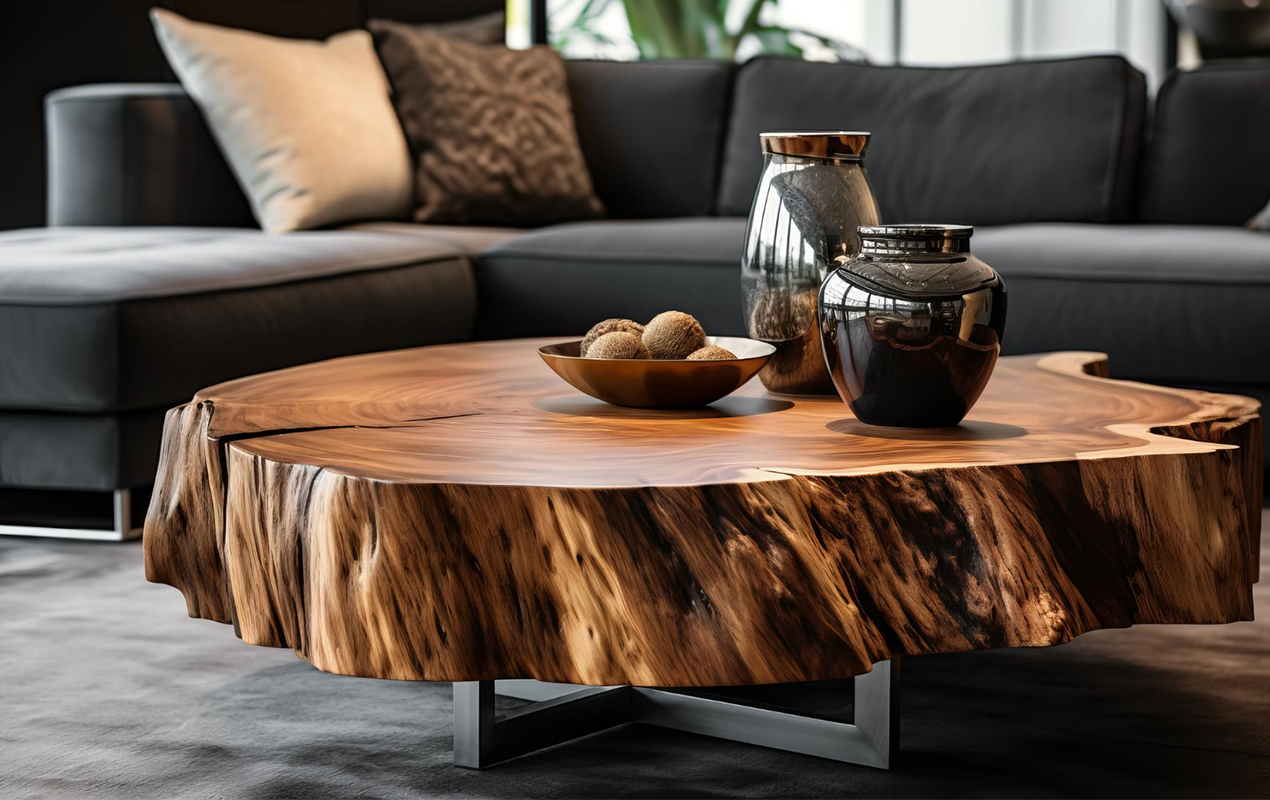
Photo by Colnihko from Freepik
Unexpected Coffee Table Materials: Unleash Your Inner Designer
Coffee table materials don’t end with the conventional or the trending. For those who crave a truly unique piece, unexpected materials offer a chance to break free from the ordinary and infuse your space with a hint of whimsy.
Pallets: Upcycled Chic
Pallets, often discarded as mere shipping materials, have found a new lease on life as eco-conscious coffee table options. Their rough-hewn texture and weathered patina lean toward industrial, while their adaptability allows for customization.
- DIY Delight: Transforming a pallet into a coffee table is a rewarding DIY project and doesn’t require advanced skill. With a few simple tools and imagination, you can build a piece both functional and appealing.
- Selecting and Preparing Pallets: Not all pallets are created equal. Look for those marked as “HT” (heat treated) to avoid harmful chemicals. Thoroughly clean and sand the pallet before applying a finish to ensure a smooth and safe surface. For further customization, consider casters for mobility or a glass top for a more refined look.
Discover More: Repurposing Wood Pallets for a Colorful Outdoor Coffee Table
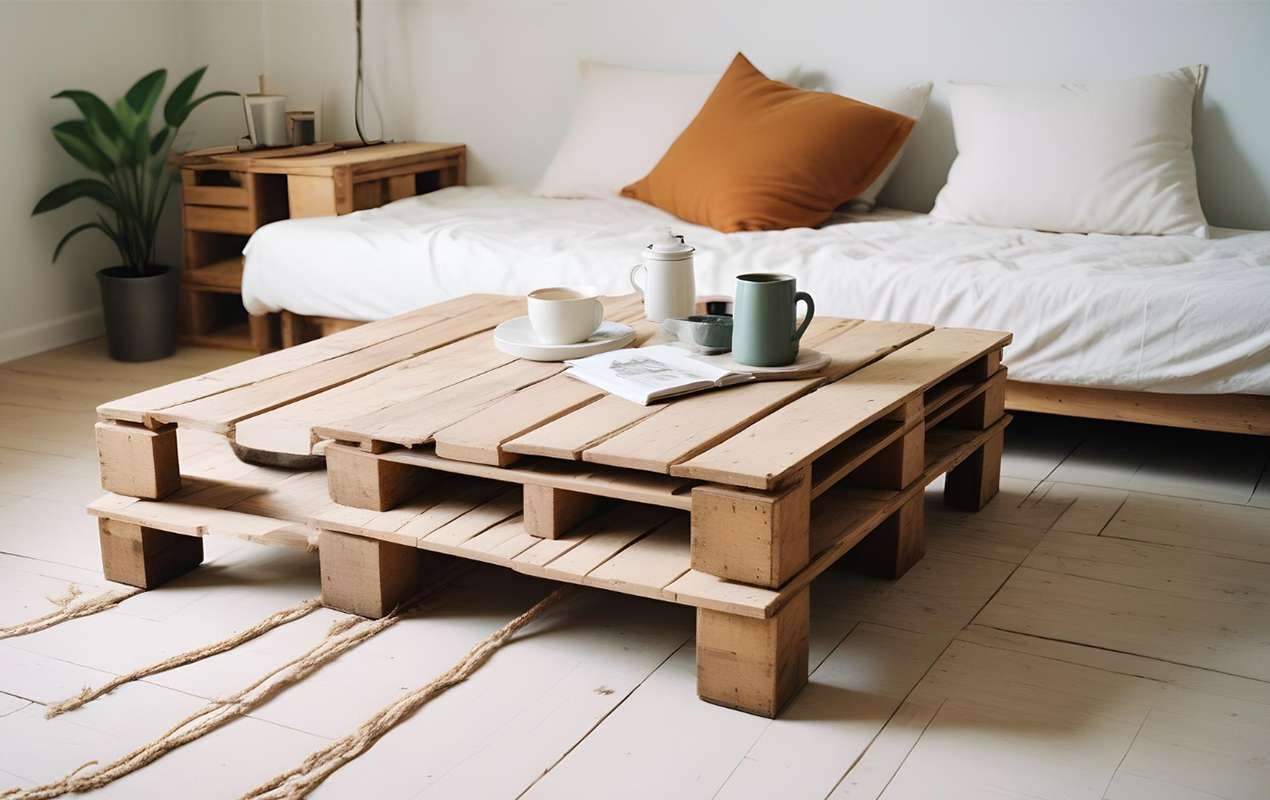
Photo by LetsRock from Freepik
Suitcases: Vintage Vibes and Hidden Storage
For vintage flair and a dose of practicality, consider suitcase coffee tables. These repurposed travel companions add a sense of wanderlust and nostalgia, while their interior offers storage space for blankets, magazines, or board games.
- Stacking and Styling: The beauty of suitcase coffee tables lies in their versatility. Stack them in a graduated arrangement for visual impact, or use them individually as side tables. For a cohesive look, choose suitcases with complementary colors and styles.
- Finishing Touches: Including a glass top will protect the case’s surface and provide a level surface for drinks or decor. And if you desire a more eclectic look, leave the cases as they are, showcasing their vintage and weathered exteriors.
Related Article: 22 Trunk Coffee Table Tips: From Old Chest to Conversation Piece
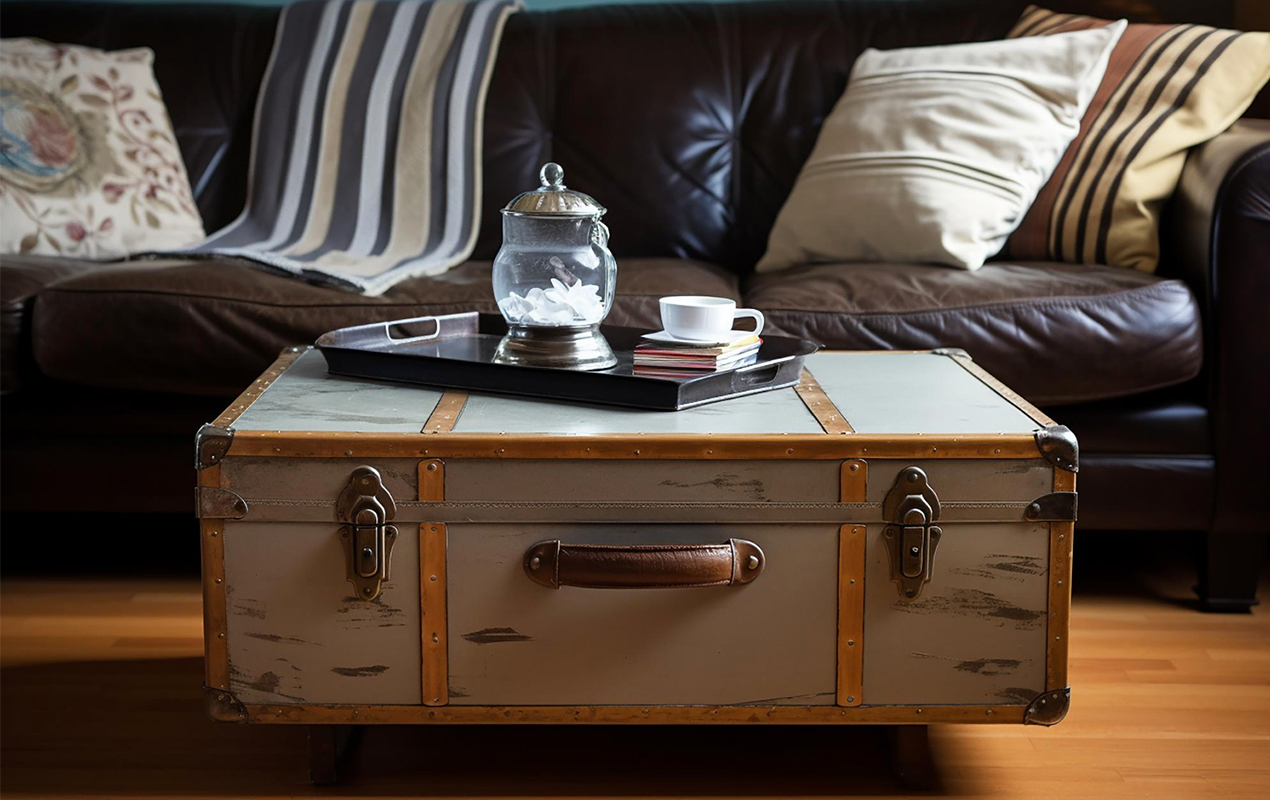
Photo by Subhash519 from Freepik
Other Creative Options: Think Outside the Box
Don’t be afraid to let your imagination run wild and experiment with unconventional choices. Here are a few ideas to get you going:
- Old Doors: A salvaged, stripped, and refinished door can become a statement coffee table with rich history.
- Tree Stumps: A sanded and polished tree stump adds a touch of nature and rusticity to your living room.
- Tires: For a bold, industrial look, consider repurposing old tires as a coffee table base.
- Cable Spools: These large wooden spools can be reshaped into eye-catching coffee tables with plentiful storage space.
Gain Insight: Small Space Saviors: 18 Folding Coffee Table Ideas You’ll Love
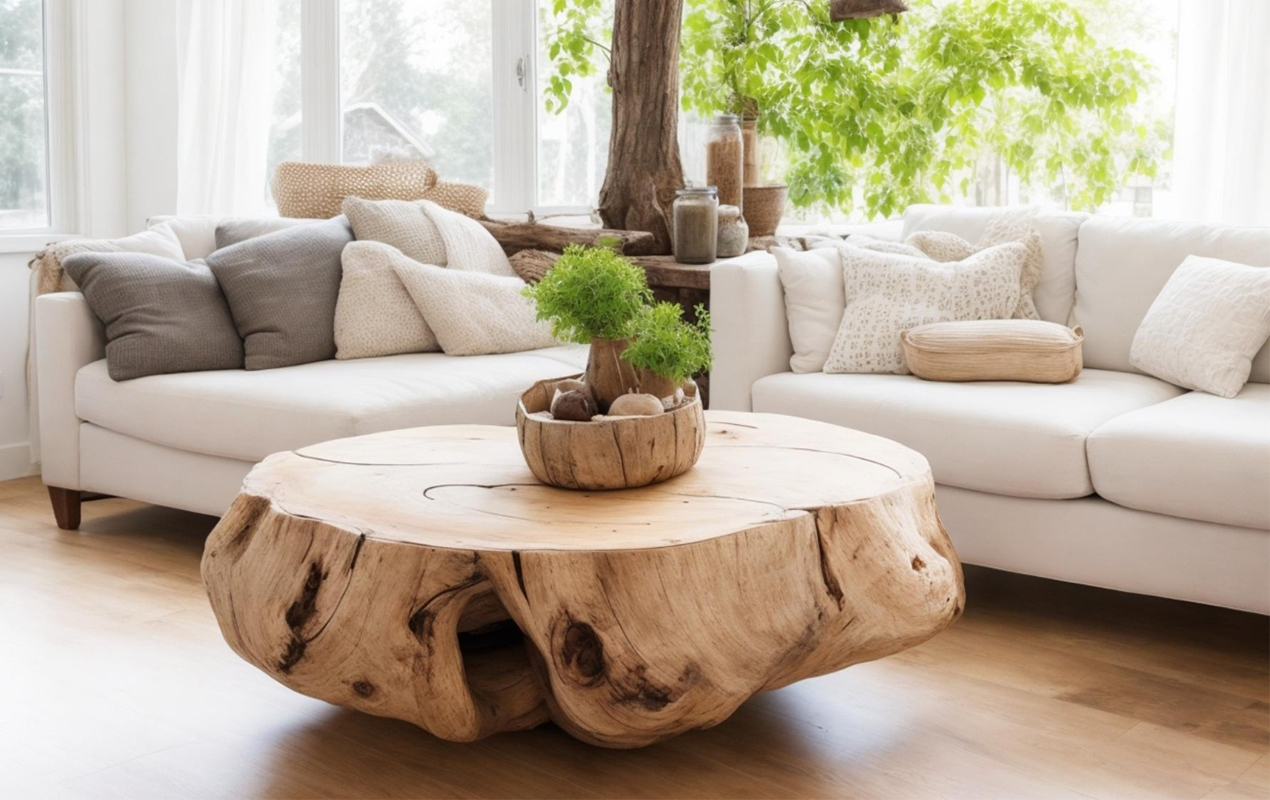
Photo by Unicornicons6 from Freepik
Choosing the Right Coffee Table Materials: A Matter of Balance
With a myriad of options, choosing the right table material can feel like navigating a maze. But equipped with the right knowledge, you’ll confidently determine the material that coheres with your lifestyle, budget, and aesthetic preferences.
Factors to Consider: Finding Your Perfect Match
Here are a few key factors to consider:
- Durability: A coffee table is usually a high-traffic furniture, so durability is paramount. Consider your household’s daily activities: Do you have children or pets? Will the table be used for evening meals or gatherings? If so, opt for hardwood, metal, or tempered glass to withstand the wear and tear.
- Style: Your table should integrate with your existing decor. Do you prefer a rustic, modern, or eclectic vibe? Each material evokes a different mood – wood for warmth, metal for industrial, glass for a contemporary feel, and so on.
- Budget: Coffee tables vary in price depending on the material and craftsmanship. Determine your budget beforehand to narrow down your options. While materials like marble or live-edge wood can be expensive, plenty of affordable alternatives don’t compromise style.
- Lifestyle: Your lifestyle plays an influential role in choosing the right material. If you have young children or pets, opt for durable materials that are easier to maintain and more resistant to scratches and spills. If you’re a minimalist who prefers a clean and uncluttered look, glass or acrylic might be a better alternative than textured materials like rattan or concrete.
Maintenance and Care Tips: A Little TLC Goes a Long Way
Proper maintenance and care are essential. While some materials require more upkeep than others, a little TLC can go a long way in preserving their condition and functionality.
Material-Specific Advice:
- Wood: Use furniture polish or wax to maintain its luster.
- Metal: Apply a protective coating to prevent rust and corrosion.
- Glass: Clean with a glass cleaner and microfiber cloth to avoid streaks.
- Stone: Seal regularly to prevent stains and etching.
- Concrete: Reapply sealant as needed to maintain its protective barrier.
- Acrylic/Lucite: Polish with a soft cloth and non-abrasive cleaner.
- Rattan/Wicker: Dust regularly and wipe with a damp cloth if needed.
Final Thoughts for Coffee Table Materials
Choosing a coffee table is an opportunity to infuse craftsmanship, embrace innovation, and create a focal point that sparks conversation. Whether drawn to the timelessness of classic materials like wood, metal, or glass, the contemporary allure of trending options like concrete and stone, or the uniqueness of pallets and suitcases, the best material is the one that resonates with you.
Consider your lifestyle, aesthetic preferences, and budget. Don’t be afraid to step outside your comfort zone and explore; after all, your table is more than just a piece of furniture; it’s a time to tap into your own ingenuity—perhaps there’s a forgotten treasure in your attic or a DIY project waiting to be realized.


